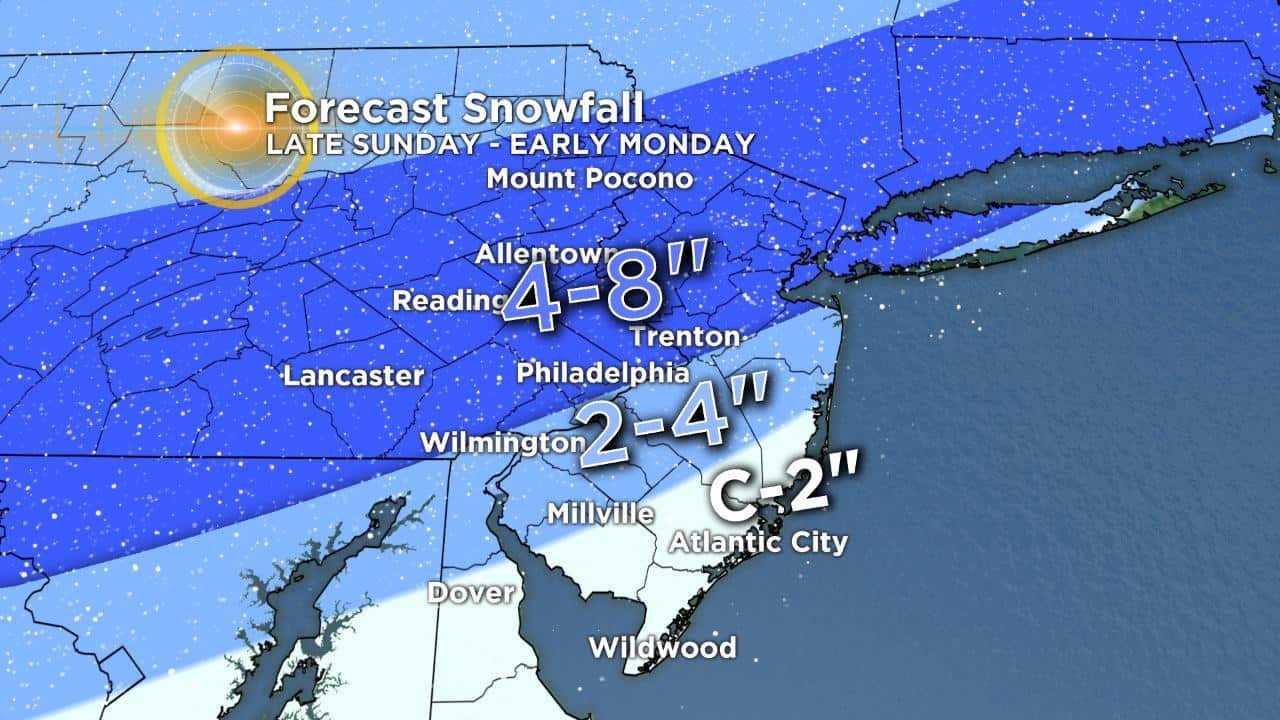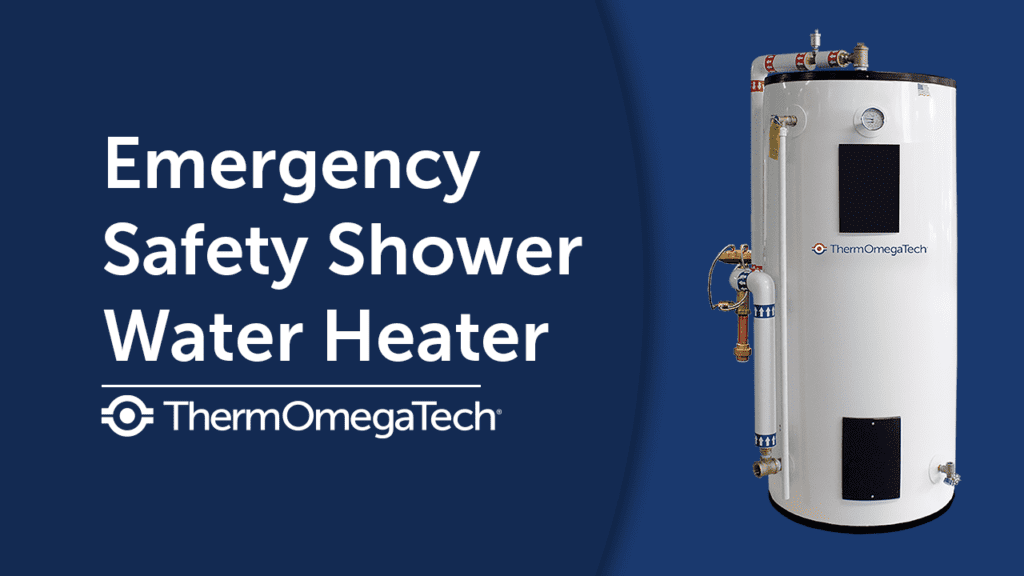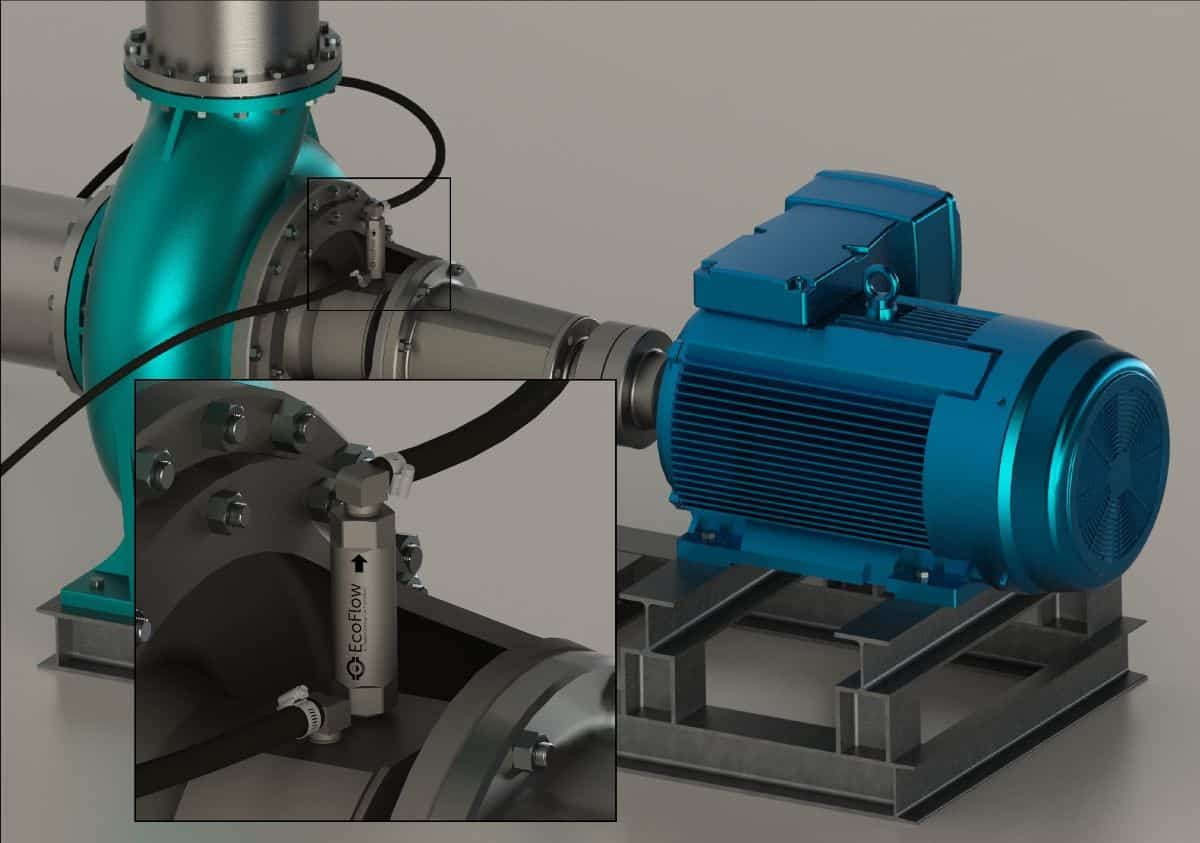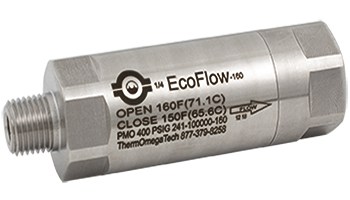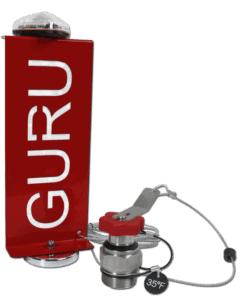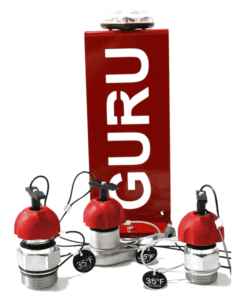The STVM® Steam and Water Mixing Valve Washdown Station is designed to provide a high-temperature washdown in food processing, dairy, breweries, wineries, chemical, petrochemical, and pharmaceutical facilities.
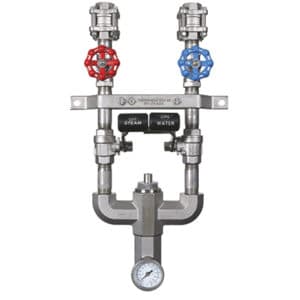
Conventional washdown stations have multiple moving parts that generate loud and disruptive noise and have complicated maintenance procedures that slow down production.
ThermOmegaTech’s® STVM® Washdown Station remedies these pain points with 5 remarkable design features that reduce downtime, simplify maintenance, and keep operators safe.
STVM® WASHDOWN STATION TOP FEATURES
1. Silent Type Venturi Steam Water Mixing Valve Technology (STVM®)
Incorporating our unique Venturi mixing technology, the STVM® Washdown Station delivers flow at a user-defined temperature quietly and on-demand.
HOW IT WORKS
-
- Cold water enters the mixing valve upper chamber
- Steam enters the lower mixing valve chamber
- The two vortices collide & mix through the Venturi diffuser
- Heated water is delivered with minimal noise and vibration
2. In-line Serviceable
To simplify maintenance and minimize downtime, the STVM® Washdown Station is in-line serviceable, with a cartridge design that is quick and easy to replace and doesn’t require any special tools.
Streamline Maintenance: Simply remove the STVM® cartridge with a wrench at the point of the installation and either replace it with a spare or clean the original using a descaling solution.
3. Interlocking Handles
To keep workers safe around steam, the STVM® Washdown Station features interlocking handles to decrease the likelihood of steam-only operation while still allowing for cold water only operation.
4. Automatic Over-Temp Shut-Off
To prevent over-temperature operation, the STVM® Washdown Station is designed to reduce the flow of steam should the output temperature exceed the unit’s factory set-point (150°F/185°F) and will completely shut off 15°F above that. The valve will restore steam flow once the temperature falls below the shut-off temperature.
The station will also stop flow should cold water supply be interrupted to prevent steam-only operation.


